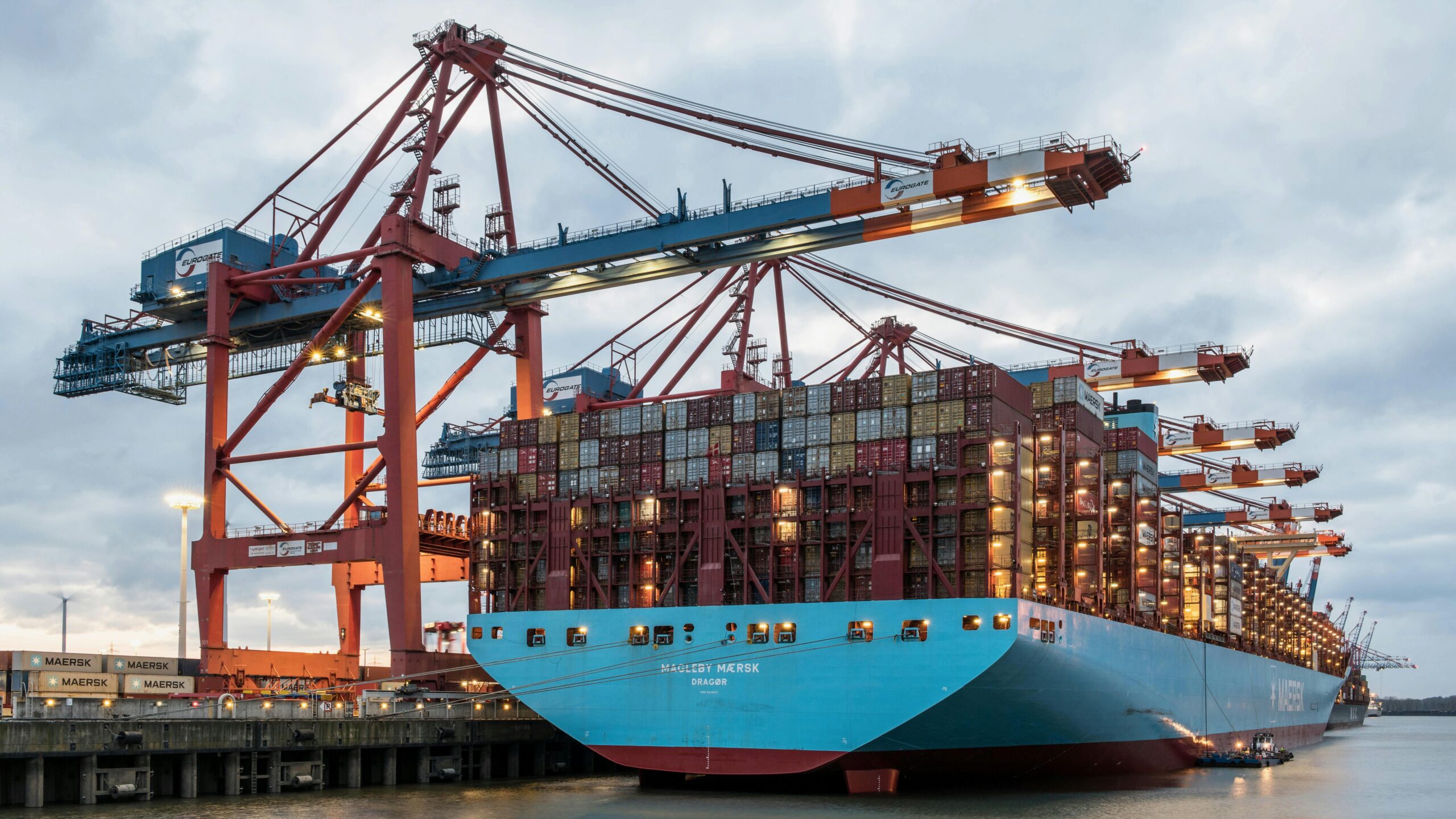Container Grain Transport: New Opportunities for Ukraine’s Export Sector
publish_date: 19.05.2025
time_to_read: 5 минут
rating_news:
5

Share of Container Transport Is Growing
Today, around 5% of all grain exports from Ukraine are carried out through container transport. While the majority of agricultural cargo is still shipped by bulk carriers, the situation is changing. In 2013, container grain exports totaled 0.4 million tons, and by 2015 — exceeded 1.5 million tons. According to analysts, this trend will continue, and the popularity of container logistics will keep growing — not only for international shipments but also for domestic transportation.Why the Shift Toward Container Logistics
Limitations and challenges of traditional delivery methods:- Increased road inspections — mobile weight control stations have been installed near almost all ports.
- Overloaded grain trucks have become a widespread issue, leading to fines and delays.
- Rail difficulties — shortage of hoppers and congestion on Ukrzaliznytsia’s network. Even with a 13% increase (up to 1,486 wagons daily), demand exceeded capacity.
The Solution — Container Shipping
Container transport has helped partially offset the shortage of freight capacity. Interest has grown so much that some companies began investing in modernization. For example, a branch of Ukrzaliznytsia — CTS “Liski” — announced the purchase of 100 wagons with special loading hatches. Formica Logistics, an active player in international logistics, is also adapting its infrastructure to support grain transport in containers, ensuring reliable and efficient delivery.Key Advantages of Grain Container Shipping
Transporting agricultural products in containers offers several advantages:- Ideal for small volumes — perfect for trial purchases or small-scale enterprises (e.g., feed mills).
- Direct delivery to the client’s warehouse — reduces the number of logistics links.
- Fewer transshipments — minimizes the risk of cargo damage.
- Protection from external factors — sealed containers with temperature and moisture control.
- Fast unloading options — grain can be discharged directly into a ship’s hold.
- Convenient port storage — containers can remain at terminals until unloading time.
Financial Benefits for Shippers
According to experts, shipping grain in containers can save between 3 to 6 USD per ton compared to using hoppers. This is due to:- lower handling costs;
- reduced container logistics tariffs;
- platform flexibility — cheaper to produce and suitable for year-round use.
Vulnerabilities of Container Transport
Still, this mode of transport has some downsides:- The return of empty containers leads to additional costs.
- Slower grain loading at some elevators.
- Not all elevators are equipped to handle containers.
Global Experience: What’s Happening Abroad
The containerization of grain cargo is a global trend. For instance:- Japan imports most of its 15 million tons of corn in containers.
- Argentina uses containers not only for transport but also for grain storage — with special sealing lids.
- Ports are adopting revolver spreaders — devices that unload grain directly into ship holds. With two cranes, up to 1,000 tons per hour can be transferred.
- Australia and several Latin American countries are also actively implementing Containerized Bulk Handling technologies.
mark_this_blog